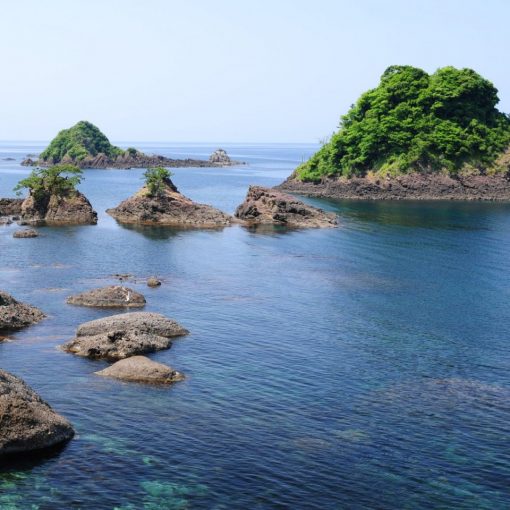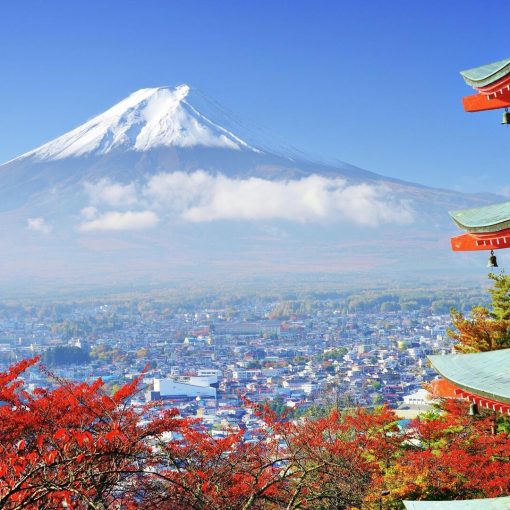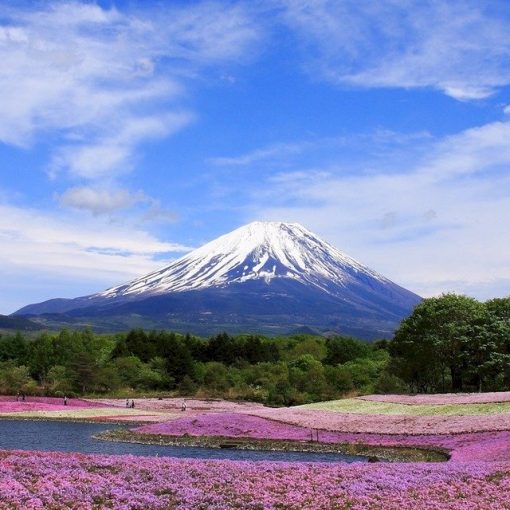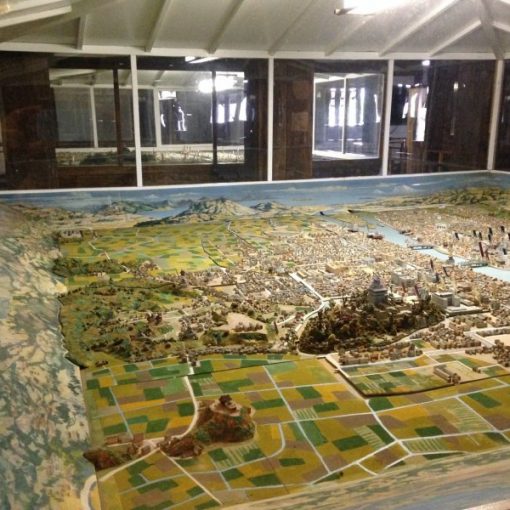Porcelain for export was made in the village of Arita (有田) on the third largest island of Japan, located in the southwest of the country – the island of Kyushu (九州), in the ancient principality of Saga (佐賀藩).
The development of porcelain production in Japan
The development of porcelain production in Japan in the late 16th – early 17th centuries. was due to a number of factors. Firstly, among the Japanese nobility, the tea ceremony, exquisite in its rituals, which required high-quality porcelain utensils, began to spread rapidly. Secondly, in connection with the invasion of Japan in 1592 into Korea, which was a vassal of the Chinese Ming Empire (1368-1644), China stopped official trade with Japan, which was the only source of high-quality porcelain tableware (except for the supply from Korea, interrupted war that lasted from 1592 to 1598).
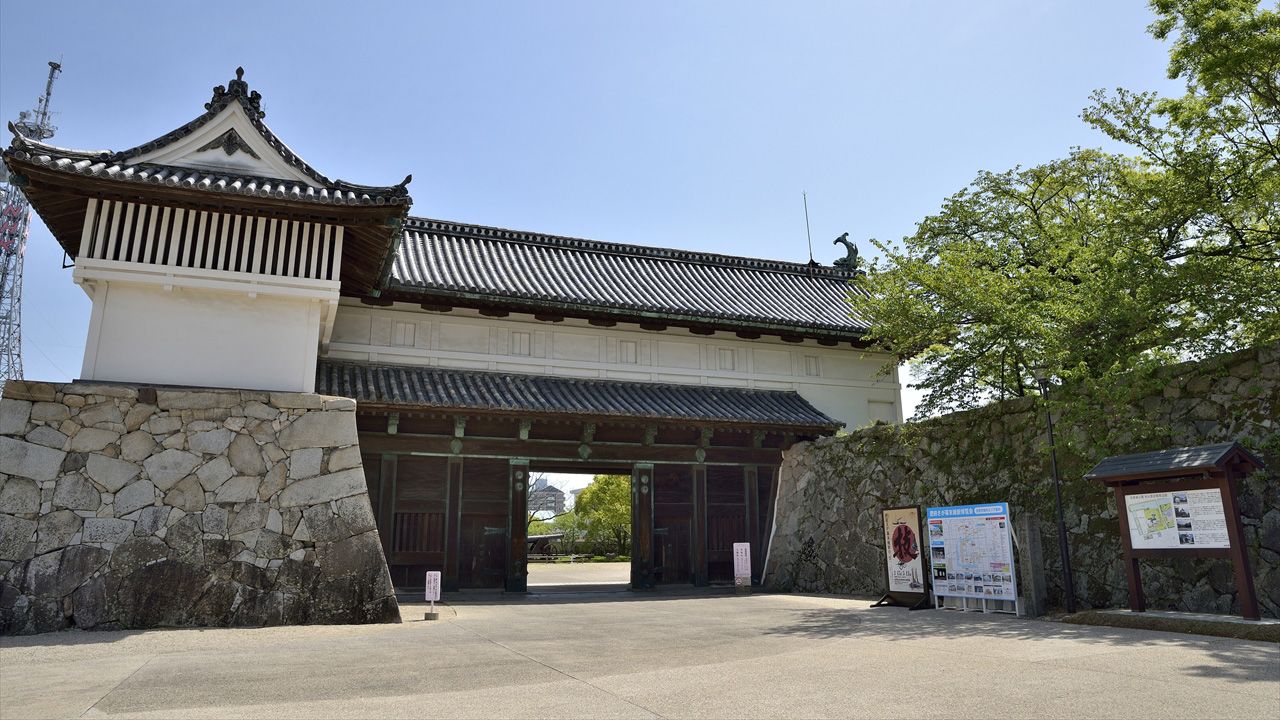
Thirdly, during the war, Japanese samurai captured entire settlements of Korean potters. One of these captives, Yi Sampyeong (李參平, 1579-1655), is associated with a 19th-century Japanese legend that explains the rapid development of pottery in the Arita region by his fruitful activity in the search for kaolin clays and the creation of kilns for firing high-quality porcelain in accordance with Korean traditions. porcelain production. The economy of Japan, which strengthened during the Momoyama period (桃山, 1573-1615), was able to respond to social demand, and thousands of ovens.
Initially, products were produced in Arita in imitation of classical Ming porcelain from the largest manufacturing center of China – Jingdezhen (景徳鎮), painted with cobalt (Tsinghuazi 青花瓷), and exported to Nagasaki (長崎), where there was Japan’s only “window to Europe” through the port Imari, from whose name came the world-famous name for these products – Imari (伊萬里). Sometimes they are called imari-arita, referring to the place where these vases were made. The first known specimens reached Europe no later than 1696 – it was under this year that a pair of hexagonal Japanese Imari vases in the kakiemon style were mentioned in the inventory of the property of Hampton Court Palace in London.
Over time, Japanese artisans began to produce and imitate fashionable Chinese products in the wucai (五彩, lit. “5 colors”) style, as polychrome glazed porcelain was called. Since 1644, master Sakaida Kizayemon (1596-1666), the son and student of master Ensai, worked in the village of Arita. It is believed that he came up with a new motif for porcelain painting with the image of paired bright red persimmon fruits (kaki 柿), which is why the master himself and his descendants received the generic nickname “Kakiemon”. (柿右衛門). Sakaida Kakiemon and his two sons (there are twelve generations of masters in this family in total) developed a style of polychrome painting, which is often called “kakiemon style”, or simply imari. The forms, painting themes, and colors of the Imari-style chinaware were intended, first of all, to satisfy the tastes of European consumers.
The export of these products especially increased in the second quarter of the 18th century, when Qing China temporarily suspended trade with European countries. Until the 1740s, the export of Imari-style porcelain was at its peak, but with the resumption of exports of Chinese porcelain to Europe, Japanese kilns were unable to compete with the more advanced Chinese ceramic production. New large shipments of Imari porcelain to Europe began only after China was defeated in the Opium Wars (1839-1842 and 1856-1860) and entered into a protracted period of civil wars and internal unrest.
History of Japanese porcelain

At the beginning of the 17th century, a new type of pottery appeared in Japan called arita, which was named after the town where it was produced. The village of Arita is located on the island of Kyushu and today is a major center for the production of ceramic products. Porcelain production began in Arita in the 1620s, when kaolin clay was discovered near the city. The formation of a new school of Japanese porcelain is associated with the potter Ri Sampei, one of the artisans resettled from Korea during the invasion of the peninsula by military leader Toyotomi Hideyoshi.
At first, ceramics were not very successful and looked sloppy. Sometimes the master’s fingerprints or particles of foreign materials remained on the vases. The painting was also sloppy, although within the modest aesthetic worldview known as wabi-sabi, such simplicity was even appreciated. Arita ceramics brought profit to the Naoshige samurai house, which managed to compete with the Chinese Ming dynasty, the main supplier of porcelain to Europe. The quality of porcelain began to grow, in wealthy Japanese families they were replaced by wooden and earthenware.
The first arit products were white and featured blue designs. Over time, new types of porcelain appeared, for example, kakiemon, which included the use of a wider range of colors: red, light blue, yellow. It was this ceramics that most influenced the formation of Meissen porcelain in Germany. Then the nabeshima style was formed, inspired by the designs on the kimono. Nabeshima ceramics are particularly elegant. Porcelain in the kinrande style combined elements of the two previous styles, and also contained elements of ornamentation in gold and red glaze.

